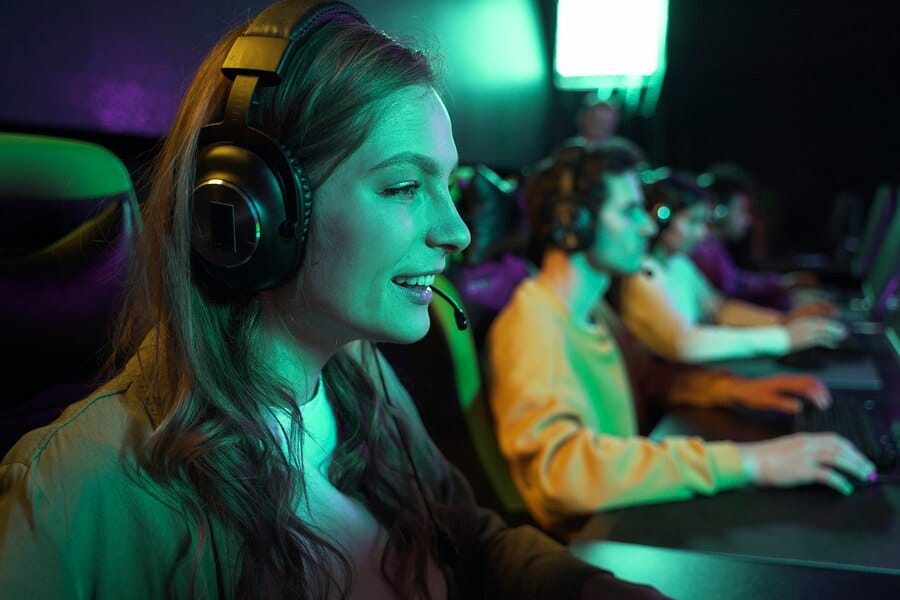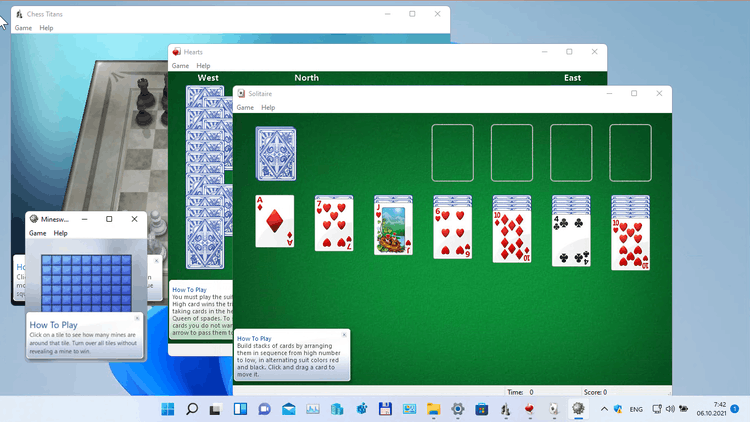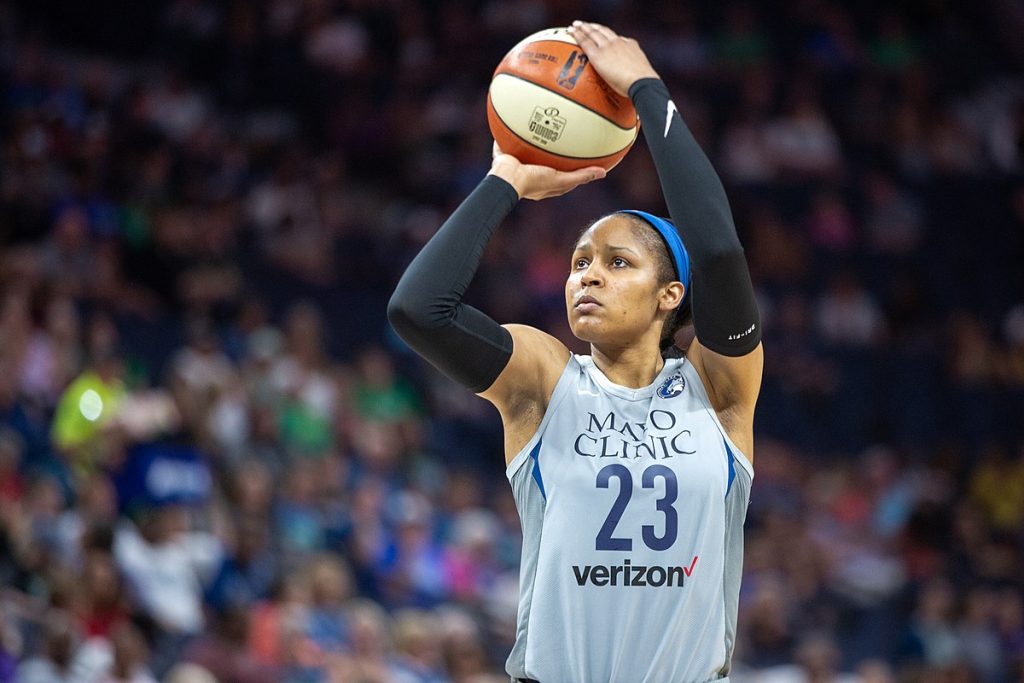Your Guide: Everything You Need to Know About Gaming Translation Services
Today we are going to share a few secrets about gaming with you.
There are almost 3.09 active video game players available worldwide. It includes players of all ages who like to spend their time playing games and connecting with gamers across boundaries. But do you know the reason behind the smooth functioning of the gaming industry? The reason is gaming translation services.
These allow gamers from around the world to easily get their hands on any game and provide an immense gaming experience. Game translation is, therefore, not something new. However, with the increase in diverse demands and requirements, translation has become crucial for gaming developers and companies for the global success of their games.
Today, in this article, we will discuss everything you should know about gaming translation services, including the need, process, and challenges. So, let’s get started.
What are Gaming Translation Services?
Game translation services help adapt your game’s content, such as UI, graphics, dialogues, and in-game instructions, according to the target audience’s preferences. Now, by preferences, we mean linguistic and cultural nuances. The linguistic nuances are the translation of content into another language that the target audience speaks and understands. Cultural accuracy is like the game having a cultural touch but not containing anything that can hurt the target audience’s feelings. For example, you cannot demonstrate blood or skulls in the games made for the Chinese market.
Well, it is difficult for a single person to know everything about different languages and cultures. So, the process is done by professional translators. From mobile phone games to computer and console games, they translate everything according to market requirements. A game and software translation company employs a whole team of subject-matter experts who have great experience in translating games. Regardless of the genre, they translate the game’s content according to the target audience’s emotional, linguistic, and cultural preferences.
Is the Game Translation and Localization the Same?
Most people get confused between translation and localization. Although the purpose of both services is the same, there is a difference in goals. Translation is the conversion of gaming content from one language to another. In translation, the translators make sure that the game is linguistically adapted to the target audience.
Localization is the next step to translation. In localization, the translator ensures that the translated content efficiently resonates with the target audience’s preferences. It includes the accurate and precise translation of idiomatic expressions, tone, and style. In localization, the translator translates the content while preserving the intended meaning of the message. Moreover, special attention is paid to ensure cultural relevancy.
The Significance of Game Translation Services
Entering new markets requires you to localize your approach according to regional preferences. You don’t know the audience, you don’t know their language, and you also do not know their tastes. So, entering without proper preparation can cost you a lot, and at worst, you might step back from the global market. But don’t worry. Translation services are provided by native linguists in the target region. They know the language very well, they understand the complexities, and they know the best way to approach a new audience.
Moreover, translation services such as website translation services, allow you to tap into multilingual markets easily without a second thought. They localize the game’s content, user interface, design, and other details that non-native players can easily access and understand.
Is Game Translation an Easy Process?
The answer is no. Game translation is a complex process and not a thing for unprofessional translators. Professional translators follow a thorough process to translate a game’s components. The translation period varies depending on the game’s genre and content length. Here is how you get an accurately translated game:
- Understand the game
Firstly, translators get their hands on the game to gain an understanding of the game’s genre. Moreover, they try to develop an understanding of the gameplay by reading scripts and game manuals.
- Content Identification
The next step is to identify which content needs translation. Usually, the following are the components of a game that require translation:
- Text, menus, buttons, and UI
- Dialogues (written and spoken)
- In-game details and descriptions
- Manuals and packaging materials
- Adapting the Game
Now, the translators consider linguistic and cultural nuances. They make sure that the game’s language perfectly resonates with the target audience.
- Quality Assurance
The final step is quality assurance. Once the whole translation process is done, translators give a thorough review with a sleek eye to point out any loopholes and misinformation.
Wrapping Up!
Now, you are aware of everything you need to know about translating games. It is crucial to tackle the rising demands and requirements of diverse audiences. So, if you want to take your game to new markets, translation is your gateway to successful global reach.






